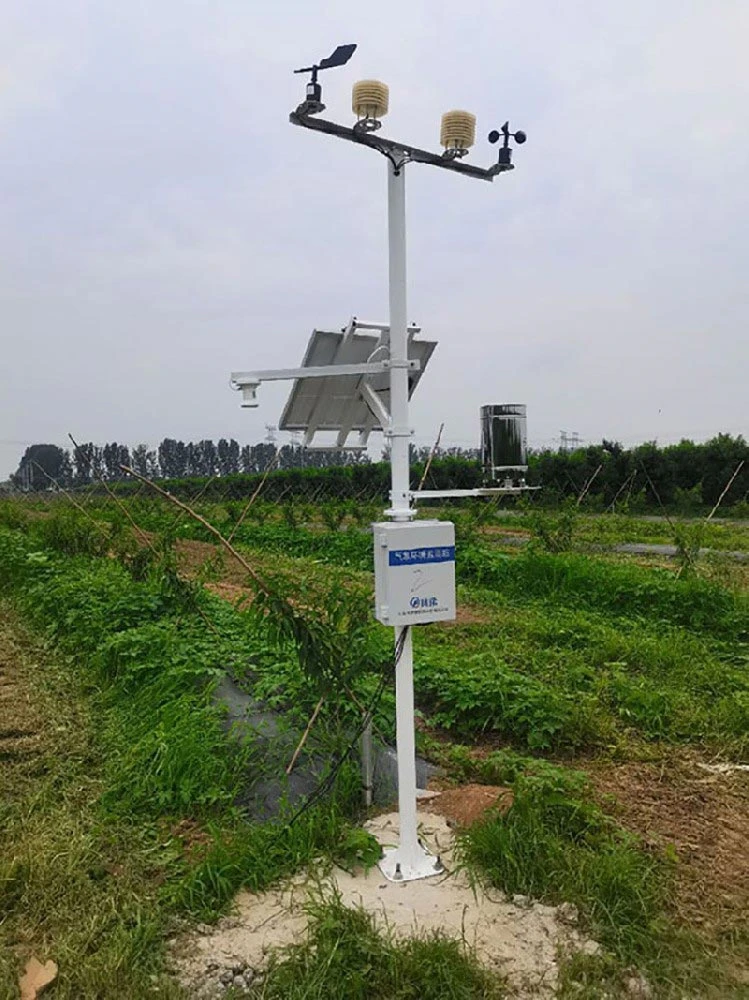Advantages and Disadvantages of IoT Weather Stations
**Advantages:**
1. **Efficiency**
IoT weather stations allow us to check the weather in real-time. They quickly send and process data. This makes it easier and more accurate to track the weather.
2. **Accuracy**
These stations use precise sensors and smart processing systems. They give accurate weather data. This helps make better weather forecasts.
3. **Automation**
These systems help gather, send, and process data on their own. This reduces the need for manual work, lowers human errors, and ensures clear and consistent data output.
4. **Expandability**
IoT weather stations allow you to control them from a distance and share data easily. This makes it simpler to upgrade and expand systems. They can adapt well to changing weather monitoring needs.
5. **Cost-Effectiveness**
The costs to build and maintain IoT weather stations are quite low. They help us keep track of things more easily. This lowers the need for workers and physical resources.
**Disadvantages:**
1. **Technical Complexity**
Setting up IoT weather stations needs complex sensor networks and modern communication technologies. Setting them up and keeping them running requires special skills, which can lead to problems.
2. **Data Processing Challenges**
Because these systems create a lot of data, managing, processing, and analyzing this information gets more complex. This needs skilled workers to manage it well.
3. **Network Security Risks**
Data is sent and processed through networks. This can lead to possible security problems. Good safeguards and strong security measures are key to protecting data.
4. **Equipment Reliability**
IoT weather stations are designed for constant use. They need equipment that is reliable and stable. This needs regular care and occasional checks to prevent issues.
